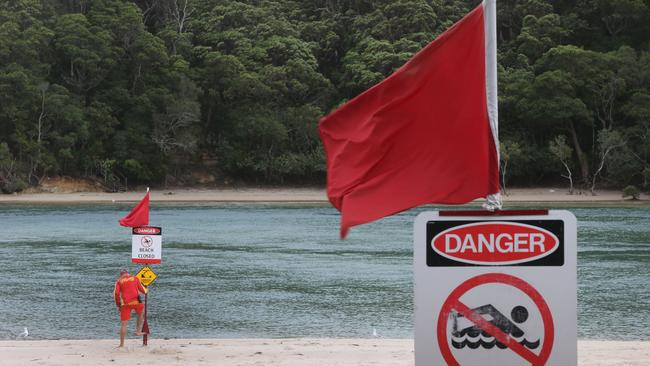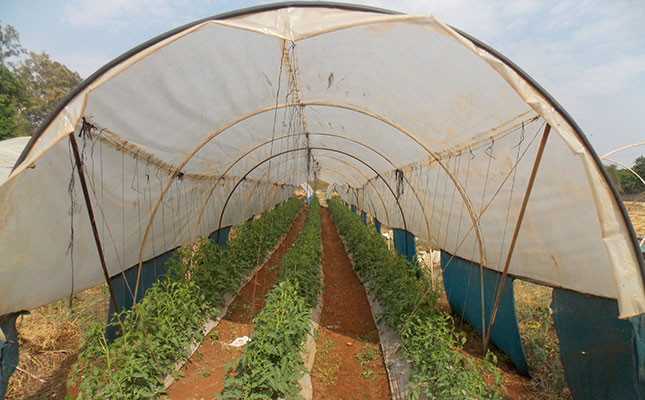Gold Coast's Tallebudgera Creek: A Paradise Polluted
A beloved Australian swimming and fishing paradise, Tallebudgera Creek on the Gold Coast, was forced to shut its doors to the public over the weekend. The reason? The discovery of human faeces in its once-pristine waters, posing a significant public health risk. The usually clear blue waters were transformed into a murky brown mess, a stark contrast to their typical beauty.
The Impact of Heavy Rainfall
Heavy rainfall is believed to be the culprit behind this unfortunate event. The deluge not only turned the water a disturbing murky brown but also flushed an alarming amount of dirt and debris into the region's waterways. This contamination event underscores the urgent need to consider the potential link between excessive rainfall and increased risks of waterborne diseases.
The Gold Coast Bulletin reported that the rain acted as a conduit, carrying pollutants, including the discovered human waste, into the creek. This highlights a crucial environmental concern: how effectively our infrastructure handles extreme weather events and prevents contamination of our precious natural resources. This situation serves as a timely reminder of the interconnectedness of our urban development and the health of our natural environment.
Volunteer Lifesavers' Efforts
Volunteer lifesavers from the Neptune Royal Lifesaving Club, who patrol Tallebudgera Creek Beach on weekends, worked tirelessly to manage the situation. Yvonne Curtis, a dedicated volunteer, recounted collecting multiple bags of faeces before her Saturday shift. Despite her efforts, many beachgoers still attempted to enter the contaminated water, emphasizing the challenge of ensuring public safety during such events. Despite the disgusting discovery, beachgoers proved difficult to deter from the polluted water; demonstrating the compelling allure of the usually pristine swimming spot. This incident underlines the responsibility that coastal communities and local councils have in maintaining clean and safe waterways.
The Aftermath and Calls for Action
The water quality was described as 'pretty horrible,' with the creek failing to flush out the pollutants as quickly as it usually does after a rainfall. The beach remained closed until Monday, when it finally reopened to the public under the watchful eye of City of Gold Coast lifeguards. This temporary closure highlights the importance of proactive measures in maintaining water quality standards and protecting public health. It also underscores the necessity of prompt responses to pollution events to minimize their impact on the environment and the community.
Recent Libertarian state election candidate Cathy Osborne didn't hesitate to leverage the situation and voiced her concerns on social media. She attributed the problem to the local sewerage system, calling for a much-needed upgrade. She highlighted the heartbreaking reality that this pristine beach, once hailed as one of Australia's cleanest, is now facing repeated closures due to alarming levels of sewage contamination. She emphasized that this issue is not only detrimental to residents who pay high rates, but it also negatively impacts tourism, preventing visitors from enjoying this once-pristine environment.
Ms. Osborne's strong words, “This is a disgrace—not just for residents, who pay some of the highest rates in the country, but also for the tourists and GC locals who visit and are denied the chance to enjoy this once-pristine environment,” aptly capture the frustration of the community. Her call for both levels of government to address the “s****y issue” once and for all underscores the urgent need for proactive solutions to ensure the long-term health and sustainability of Tallebudgera Creek and its surrounding area.
A Recurring Problem and Lessons Learned
The closure of Tallebudgera Creek is not an isolated incident. The creek has been closed numerous times in the last 12 months, predominantly after heavy rainfall. A significant sewerage leak a year ago, caused by a burst pipe at a nearby wastewater treatment plant, serves as a stark reminder of the vulnerability of this pristine environment to pollution. This repeated closure of Tallebudgera Creek highlights the recurring nature of the water pollution problem and the need for a comprehensive and sustainable approach to address the underlying issues. This repeated contamination necessitates a thorough review of current infrastructure and management practices to prevent future occurrences.
Swimmers are advised to exercise caution after periods of heavy rainfall. Avoid murky or discolored water, especially in estuaries and creeks, for several days following rainfall events. Open beaches, while generally safer, may also be affected and should be approached with similar caution. The advisory to avoid murky or dirty water after heavy rainfall extends beyond the immediate vicinity of Tallebudgera Creek, echoing the potential for widespread contamination during extreme weather. This underscores the broader message of awareness, urging responsible behavior and adherence to safety guidelines.
The repeated closures highlight the fragility of our natural environment and the importance of proactive measures to ensure the long-term health and sustainability of our waterways. The need for infrastructure upgrades, responsible waste management, and effective emergency response plans is undeniable. The future of Tallebudgera Creek and similar locations depends on our collective efforts to protect these precious resources. The experience serves as a cautionary tale for coastal communities worldwide, highlighting the critical need for infrastructure capable of withstanding extreme weather events and preventing water pollution. Only through collective responsibility and proactive measures can we ensure the preservation of pristine environments for generations to come.

















